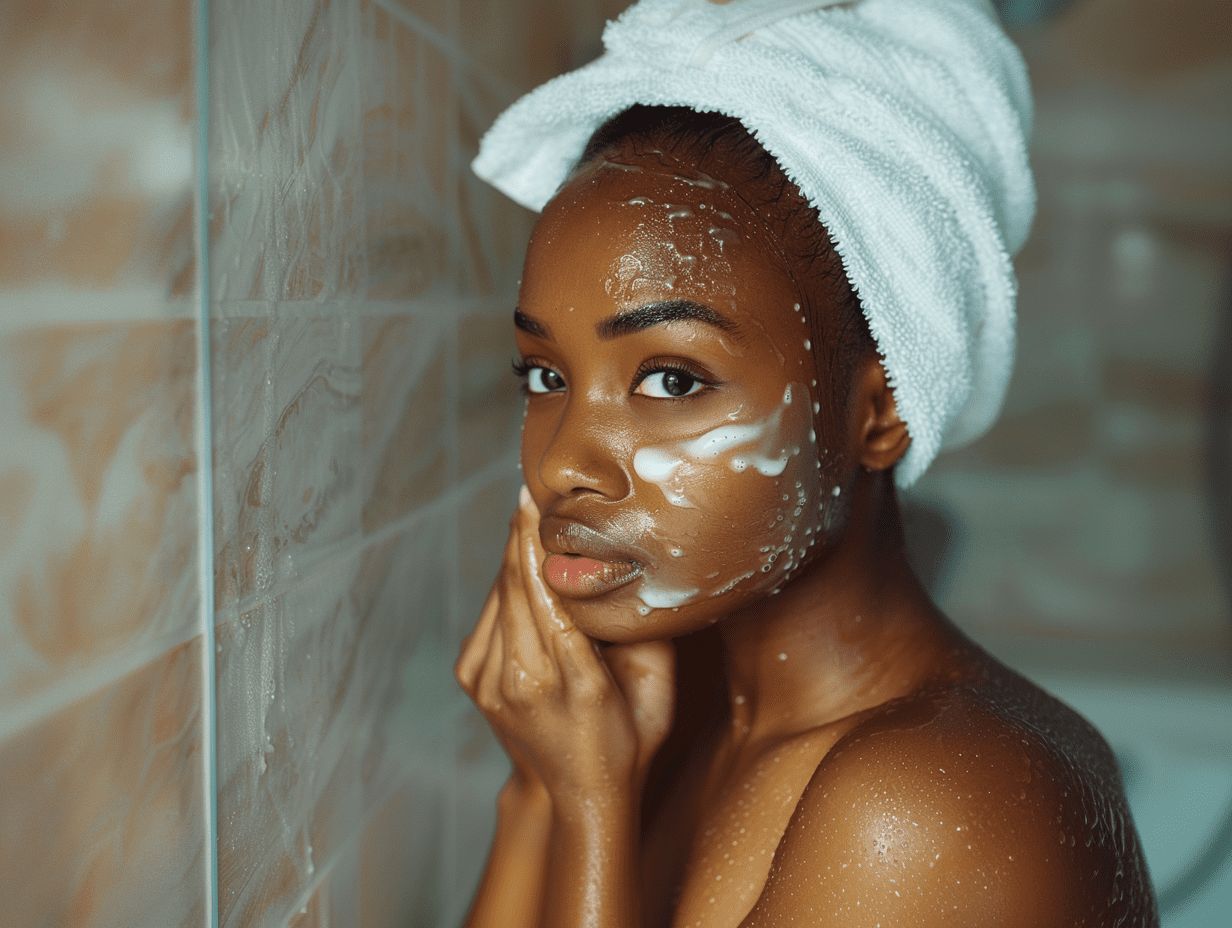In the quest for smooth, hair-free skin, many turn to chemical hair removal methods for their convenience and immediate results. These methods, often seen as quick fixes for unwanted facial hair, range from depilatory creams to more complex chemical peels designed to reduce hair growth over time. However, the chemicals involved in these treatments can pose significant risks to the skin, particularly the delicate facial area. Understanding these dangers is crucial for anyone considering chemical hair removal methods, as the pursuit of aesthetic goals should not compromise skin health.
Skin Irritation and Chemical Burns
The Immediate Risk
One of the most common adverse effects of chemical hair removal products is skin irritation. The active ingredients in these products, designed to break down hair proteins, can also affect the skin’s protective barrier, leading to redness, irritation, and in severe cases, chemical burns. Sensitive skin types are particularly vulnerable, but anyone can experience these reactions if the product is left on the skin longer than recommended or if the skin reacts negatively to the chemical formulation.
Managing and Preventing Damage
To minimize the risk of irritation and burns, it’s crucial to follow the product instructions meticulously and perform a patch test before using a new chemical hair removal product. Additionally, using products formulated for the face, rather than stronger body formulas, can help reduce the risk of adverse reactions.
Allergic Reactions
A Hidden Danger
Allergic reactions are another potential danger of chemical hair removal. Ingredients in depilatory creams and other chemical treatments can trigger allergic responses, ranging from mild itching to severe swelling and hives. These reactions may not occur on the first use, as sensitivities can develop over time with repeated exposure.
Safety Measures
To safeguard against allergic reactions, performing a patch test on a small skin area 24 hours before full application is essential. This test can help identify any allergic sensitivity to the product’s ingredients before they are applied to a larger facial area.
Long-term Skin Damage
The Cumulative Effect
Frequent use of chemical hair removal treatments can lead to long-term skin damage, including premature aging and hyperpigmentation. The harsh chemicals can strip the skin of natural oils, leading to dryness and making the skin more susceptible to wrinkles and fine lines. Moreover, the inflammatory response triggered by these chemicals can cause dark spots or hyperpigmentation, particularly in individuals with darker skin tones.
Protective Strategies
Limiting the frequency of chemical hair removal and incorporating nourishing, restorative skin care routines can help mitigate these long-term effects. Using sun protection daily is also vital, as treated skin can become more sensitive to UV radiation, exacerbating damage and pigmentation issues.
Prioritizing Safety in Hair Removal Choices
The allure of chemical methods for facial hair removal, with their promise of quick and effortless results, is undeniable. Yet, the potential risks these chemicals pose to our skin’s health and integrity are substantial and warrant serious consideration. Immediate adverse effects, such as skin irritation and chemical burns, highlight the inherent dangers of applying harsh substances to our delicate facial skin. Moreover, the prospect of long-term damage, including the acceleration of aging processes and the development of hyperpigmentation, further underscores the need for caution and care in our beauty routines.
Understanding the full spectrum of risks associated with chemical hair removal is the first step toward making safer, more informed decisions regarding our skin care practices. Fortunately, the availability of alternative hair removal methods, including mechanical and advanced laser treatments, provides viable options for those seeking to minimize chemical exposure. These alternatives, often perceived as more gentle and precise, can mitigate the risks of skin damage and ensure a healthier approach to achieving smooth, hair-free skin.
In navigating the myriad choices for hair removal, the importance of prioritizing skin health cannot be overstated. Seeking the guidance of dermatological professionals can offer valuable insights and personalized recommendations, ensuring that the selected hair removal method aligns with one’s skin type and health objectives. By approaching facial hair removal with an informed perspective and a commitment to safety, individuals can protect their skin’s health while achieving their aesthetic goals, fostering a harmonious balance between beauty and well-being.
This story was created using AI technology.














